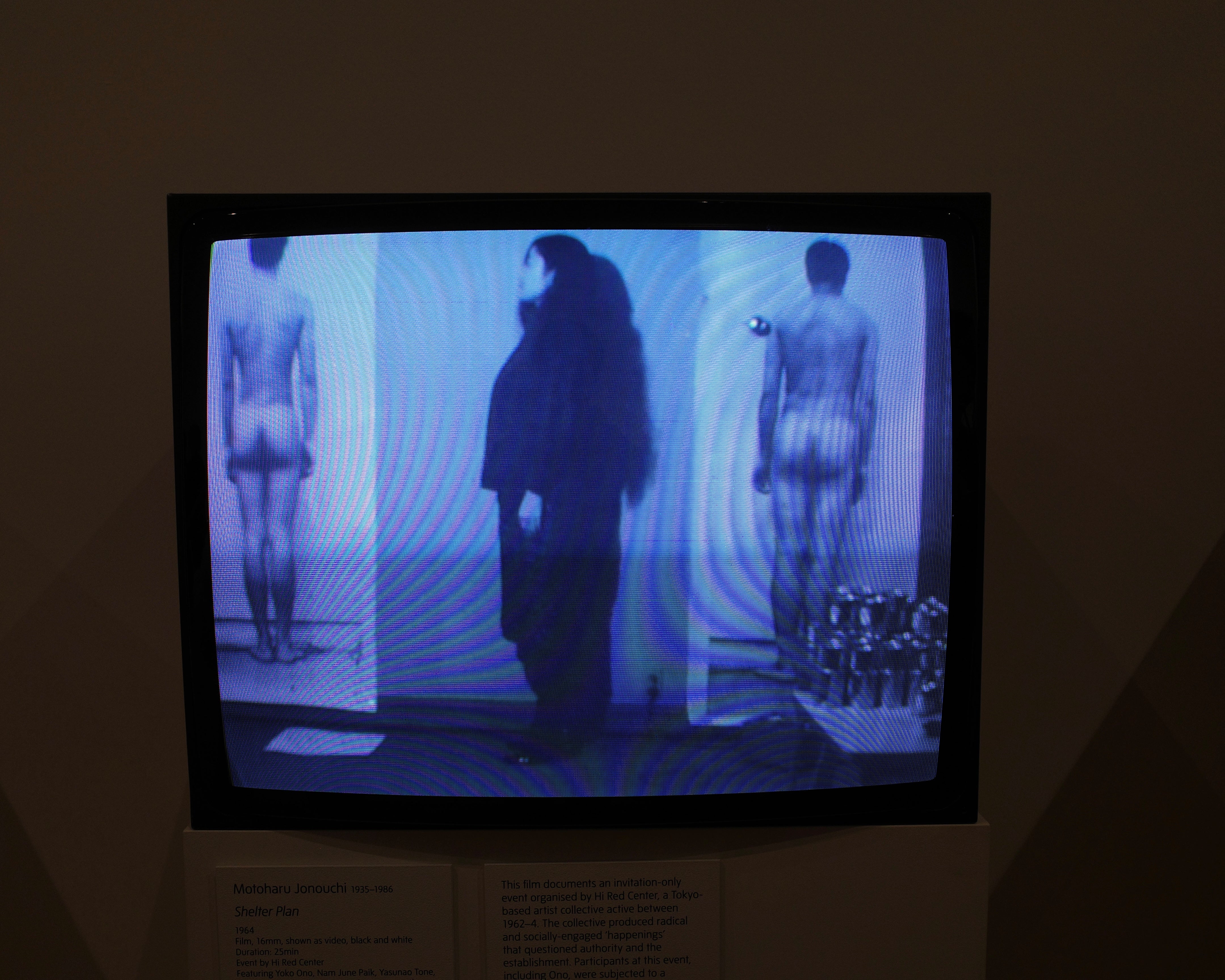Yoko Ono, a name synonymous with avant-garde art and fearless expression, has made profound contributions to exploring sexuality through her work. This blog delves into how Ono's innovative art challenges traditional gender norms and promotes sexual liberation, offering a unique perspective from a pioneering female artist.
The Art of Provocation: How Ono's Work Dissects Gender and Sexuality
Yoko Ono's work is celebrated for its provocative nature, often dissecting complex themes related to gender and sexuality. Her installations and performances encourage viewers to confront their own perceptions and biases, fostering a dialogue about sexual freedom and equality.
Breaking Boundaries: The Feminist Roots of Yoko Ono's Art
Ono's art often reflects her commitment to feminist ideals, using her platform to highlight issues of gender inequality. Her famous "Cut Piece" performance, where audience members were invited to cut pieces of her clothing, serves as a powerful commentary on female vulnerability and objectification. This performance not only exposes the gaze of the audience but also shifts power dynamics, placing control back into the hands of the female subject.
"Cut Piece" (1964): In this iconic performance, Ono sat passively on a stage, inviting audience members to come up and cut away pieces of her clothing. This act symbolized the vulnerability and exploitation of women, turning the audience into active participants in a discussion about the nature of voyeurism and consent. The performance has been widely analyzed for its stark portrayal of gender dynamics and its challenge to the spectators' complicity in the objectification of women.
Embracing Sexual Liberation Through Art
Ono's work frequently celebrates sexual liberation, advocating for a world where women can express their sexuality without fear or shame. Her bold and unapologetic approach inspires others to embrace their own sexual identities. Pieces like "Film No. 4 (Bottoms)" invite viewers to appreciate the human body in its most natural form, challenging the taboos surrounding nudity and sexuality.
"Film No. 4 (Bottoms)" (1966): This avant-garde film features close-up shots of various people's buttocks as they walk. The film's simplicity belies its profound message: it celebrates the diversity and beauty of the human body, while also pushing against the boundaries of what was considered acceptable in mainstream media. By focusing on a part of the body often associated with both sexuality and shame, Ono's film invites viewers to reconsider their own attitudes towards nudity and sexual expression.
Art as a Medium for Social Change
Yoko Ono uses art as a powerful tool for social change, addressing issues such as sexual violence and women's rights. Her "Arising" project invites women to share their personal stories of suffering and empowerment, creating a collective voice against gender-based violence. This project not only provides a platform for women's voices but also promotes healing and solidarity.
"Arising" (2013): This ongoing project calls on women from around the world to submit their stories of suffering, along with a photograph of their eyes. The collected stories are displayed in exhibitions, creating a powerful mosaic of female experiences. "Arising" aims to bring attention to the global issue of gender-based violence and offers a space for women to express their pain and resilience. The project is a testament to Ono's belief in the power of collective action and storytelling as tools for social change.
The Legacy of Yoko Ono: Inspiring Future Generations
Yoko Ono's contributions to the art world and her fearless exploration of sexuality continue to inspire future generations of artists. Her work encourages a reevaluation of societal norms and promotes a more inclusive and liberated understanding of sexuality.
Ono's influence extends beyond the art world, impacting cultural and social discourses on gender and sexuality. Her courage in addressing taboo subjects and her commitment to feminist principles have paved the way for contemporary artists and activists who continue to challenge oppressive norms and advocate for equality.
Conclusion: The Enduring Impact of Yoko Ono's Art
Yoko Ono's art is a testament to the power of creative expression in challenging societal norms and advocating for sexual liberation. Her work continues to resonate, reminding us of the importance of embracing our true selves and advocating for a more equal and liberated world.
Ono's fearless exploration of complex themes through her art has created a lasting legacy that inspires and empowers. By breaking down barriers and fostering dialogue, she has helped to reshape the landscape of contemporary art and societal attitudes towards sexuality and gender.
References:
- Batten, S. (2017). Yoko Ono: The Art of Defiance. Journal of Contemporary Art, 23(4), 56-67.
- Jones, A. (2008). Sexual Politics: Yoko Ono’s Feminist Art. Feminist Studies, 34(2), 112-135.
- Ono, Y. (2000). Grapefruit: A Book of Instructions and Drawings. Simon & Schuster.
- Smith, P. (2014). Cut Piece: Ono’s Statement on Vulnerability and Power. Performance Art Review, 29(1), 45-60




